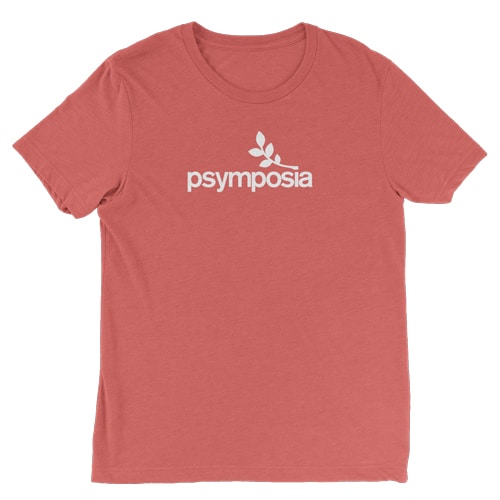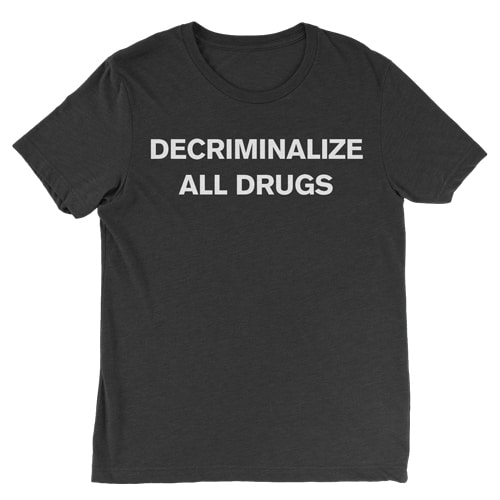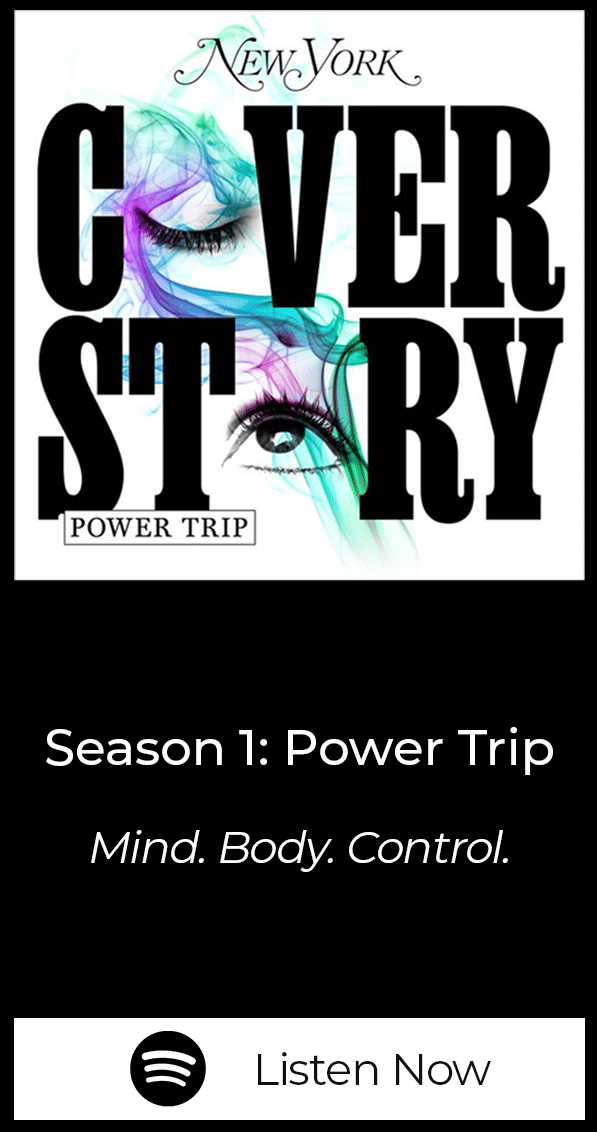Pulitzer Prize winner Terry DeMio on life as a heroin beat reporter
Pulitzer Prize-winning writer Terry Demio talks about reporting on heroin for the Cincinnati Enquirer.

Psymposia is a 501(c)(3) nonprofit research and media organization that offers critical perspectives on drugs, politics, and culture. We rely on contributions from our readers and listeners. Your support is vital to sustaining Psymposia.
Support Psymposia’s independent journalism on Patreon and help us drive the Mystery Machine! We’re a bunch of meddling kids who are unmasking the latest shenanigans on the psychedelics beat.
Pulitzer Prize-winning writer Terry Demio talks about reporting on heroin for the Cincinnati Enquirer
The staff writers of the “Cincinnati Enquirer” won the 2018 Pulitzer Prize for Local Reporting for a special report they released called “Seven Days of Heroin.” This was a 20-page report featuring stories and photo spreads of local heroin-users, parents, outreach coordinators, methadone clinics, and more. It was a comprehensive look at the many faces and facilities which appear beneath the banner of the “heroin epidemic” in the area.
Psymposia spoke with the “Enquirer’s” full-time heroin reporter Terry DeMio and Editor-in-Chief Peter Bhatia about the local heroin situation, DeMio’s journey into becoming a full-time heroin beat reporter, and the role of drug reporting in newsrooms.
What is the heroin situation in Cincinnati and the surrounding area?
Terry DeMio: We have a dire situation in Greater Cincinnati and Northern Kentucky. The opioid crisis is still getting worse. And, for the most part, that is because of the synthetic opiates that are flooding the area. We do have more concentration of deaths from synthetic opiates such as fentanyl and carfentanyl. These two drugs are chemicals that are mixed up and made in other countries, and generally end up at the borders of Mexico. Sometimes Canada.
Because they’re not as precise as, say, the analgesic fentanyl that is created in pharmacies, here, it is more volatile to take them. And they are all very much stronger than heroin.
All that said, we are beginning to experience some drops in deaths. Not necessarily in overdoses, themselves. But, in deaths. Because, Narcan has been put out on the streets. I am nearly certain that is a result of improvements we’ve made in this area with getting people treatment.
The whole idea was save lives. Save them. Then, worry about what to do next. It took a long time and there are still people who are opposed to reviving people. But, Narcan accessibility is greater. More people are coming to accept it. More people are being saved. The problem was that, after [being revived], people would be bumped back out onto the streets or wherever. And a lot of people still refuse treatment after they are revived with Narcan. Those people would then go back to use.
Why do you think people go back to using after such a traumatic experience?
TD: The best way it has been put to me, I think, is that their brain has been hijacked. They are just compelled to seek this medication, or what they believe to be a medication, for withdrawals. The improvements we are seeing are that we have more accessibility to evidence-based treatment. So, we are seeing people getting that kind of treatment more routinely, now.
And it doesn’t work for everyone. No treatment is for everyone. We still have a long way to go. There are more solutions needed before this becomes anything less than an epidemic.
It always blows my mind when people question whether it is worth calling someone when they see an overdose. When people wonder if it is worth reviving a human being.
TD: Just make the call. Just do it. I do carry Narcan. I have for the last few years. I have not had to use it, and I am glad.
Speaking of Narcan, maybe you can bust or confirm a myth I hear a lot. Can you get in trouble if you try to help someone with Narcan and they end up dying?
TD: Absolutely not. The laws that were created were designed to protect those people who are using Narcan to treat someone. Ohio and Kentucky, and most states have that.
Another myth that is out there — I can’t say this doesn’t happen, for sure — but, these Narcan parties, [where people just stock up on Narcan so they don’t have to worry about OD’ing]. I don’t know if you’ve heard of them. But there is very, very little evidence of that. I see stuff about it on social media a lot, and I try to check it out. But, I have always gotten a “No, that’s not so.”
The reality is that someone who has this addiction does not recognize they are overdosing when it is happening and does not like when someone busts that feeling. The feeling of coming out of an overdose is like going into an immediate withdrawal. And nobody is looking for that.
Why are synthetic opiates on the rise? Is it just because you can make more money per shipment into the United States?
TD: That’s the general theory. I’ve spoken with local and regional cops about this, and also DEA administration from DC. And — you know — if you don’t have to, why worry about cultivating the land and growing poppies? Then taking chances on how they will grow and manufacturing and moving them? Not that that is gone. But, the simplicity, the ease of movement, and the costs of these other opiates makes it so much easier. And they can turn an enormous profit.
What was your path to becoming a full-time reporter on heroin?
TD: I started covering what was really a big problem in Northern Kentucky. People were coming into the office or sending us notifications about these vigils for folks that died of heroin overdose. It was just really weird. We had already witnessed some stories before then. That was around 2012 when I really started following what was going on.
We definitely knew there was an uptick in heroin use. At that point it seemed to be a lot of lower to middle class income folks. But, it was still progressing.
There were people who were dying whose parents started to take a stand. They were like, “Something is wrong with my child. This was a medical problem.” They knew their children’s brains were abused by this drug and these were kids that were fortunate and some were very privileged — had very strong, solid families. Then these people started going to their legislators, lots of mom, saying “Help — do something.”
We had a couple of doctors in Northern Kentucky who were seeing it and speaking out, too — saying, “This is not the common cold, but we are seeing it that often.”
So I followed along. I was encouraged to do so. I was on a project led by an editor named Randy Essex called “Prescription for Pain” that ran in 2013. Several colleagues and I dove into this as a special report on the situation.
Eventually, I moved downtown [at the “Enquirer”] and I was a general assignment reporter. Then we had Peter Bhatia come in as editor-in-chief and he knew how far this epidemic was going.
I got some training in Baltimore with people from the American Society of Addiction Medication. Since then, this has been my full-time beat.
What was the catalyst for creating a full-time heroin beat at the Enquirer? Do you think more newsrooms should devote time to issues of drug-use and drug policy?
Peter Bhatia (EIC of Cincinnati Enquirer): When I got to Cincinnati in summer of 2015, I tried to learn quickly about the issues that were playing a major role there. Clearly, the heroin epidemic was one of them. Terry was already covering that part-time. Her expertise and compassion were evident, as was the need for a full-time beat. That’s why we created it.
Newsrooms always need to examine the topics that define their communities and develop expertise around those issues. It is certainly needed around the issues related to drug abuse now.
Hey! Before you go… Psymposia is a 501(c)(3) non-profit media organization that offers critical perspectives on drugs, politics, and culture. We strive to ask challenging questions, and we’re committed to independent reporting, critical analysis, and holding those who wield power accountable.
Our perspectives are informed by critical analysis of the systemic crises of capitalism that have directly contributed to the unmitigated growth of addiction, depression, suicide, and the unraveling of our social relations. The same economic elite and powerful corporate interests who have profited from causing these problems are now proposing “solutions”—solutions which both line their pockets and mask the necessity of structural change.
In order for us to keep unpacking these issues and informing our audience, we need your continuing support. You can sustain Psymposia by becoming a supporter for as little as $2 a month.
Russell Hausfeld
Russell Hausfeld is an investigative journalist and illustrator living in Cincinnati, Ohio. He has a Bachelor’s degree in Journalism and Religious Studies from the University of Cincinnati. His work with Psymposia has been cited in Vice, The Nation, Frontiers in Psychology, New York Magazine’s “Cover Story: Power Trip” podcast, the Daily Beast, the Outlaw Report, Harm Reduction Journal, and more.





